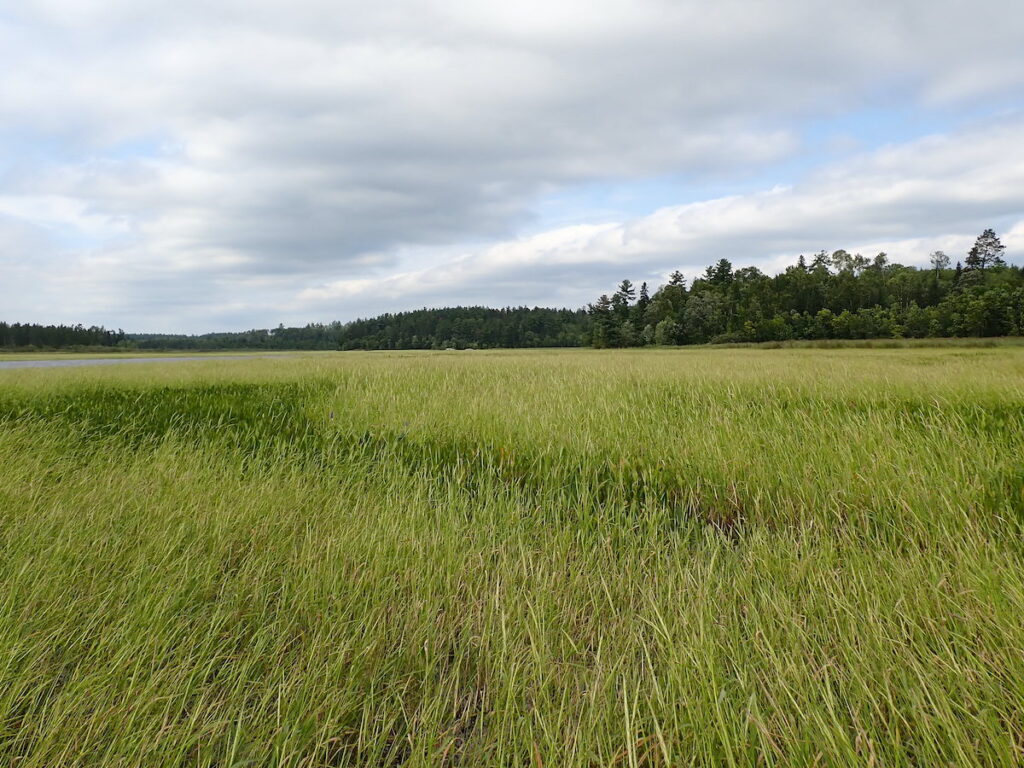The Environmental Protection Agency has announced it will add 30 lakes and river stretches to Minnesota’s list of impaired waters, listed as having sulfate levels above the state’s standard. The move comes in conflict with a 2015 law passed by the Minnesota legislature which prohibits listing wild rice waters as impaired for sulfate.

In a complicated relationship governed by the Clean Water Act, the state of Minnesota sets water standards and determines waters affected by various contaminants. It provides this list for approval from the EPA, which maintains authority to require Minnesota to essentially uphold its own regulations.
In March, for the first time, the EPA rejected part of Minnesota’s proposed list of impaired waters because it did not include any wild rice waters affected by sulfate. The agency has now taken the next step of making the determination itself, with input from tribal governments. When sulfate levels increase in waters where wild rice, or Manoomin, grows, the important grain dies. It has already been eliminated in many lakes where it once grew. Manoomin is an important part of Ojibwe culture, as a source of nutrition and sustenance, as well as a spiritual being.
Ojibwe tribes in the state have pushed the state to uphold its own standards and stop sulfate pollution of manoomin waters. This was reflected in the EPA’s decision.
“Since 2012, EPA has received numerous comments from Tribes during our consultations with Tribes on our review of the State’s impaired waters lists,” the agency wrote.
The EPA says it has been pushing Minnesota to identify, assess, and protect wild rice waters since 2012, holding off on using its authority to force the designation — until now.
When a body of water is listed as impaired, a plan must be developed to reduce pollution and improve the water quality. In many cases, that could mean expensive treatment of discharge from mines.

Sulfate in northern Minnesota largely comes from taconite mines, with high levels of the compound in discharge from waste storage. Discharges from proposed copper-nickel mines could also create new sources of pollution. While not toxic to humans, sulfate can cause a cascade of effects on the environment. In addition to hurting wild rice, it also fuels the conversion of mercury into a form which can be consumed by fish. High levels of mercury in fish have been blamed for a broad range of human health problems.
The agency is now accepting comments on the proposed list. After a final revision, the list will be sent to the state as its official list of impaired waters. That would put the Minnesota Pollution Control Agency in a difficult position between the Minnesota legislature and the federal government.
“I think that the biggest hurdle that we have is that this state law clearly conflicts with the federal Clean Water Act,” Katrina Kessler, the MPCA’s assistant commissioner for water policy and agriculture, told the Duluth News Tribune. “And whatever action we — as the agency — take, it’s likely subject to a legal challenge from one side or the other because of that conflict.”
Written comments on the proposed list can be sent by email to Paul Proto (proto.paul@epa.gov) before June 1.
EPA-listed wild rice impaired waters:
Partridge River
Embarrass River
Second Creek
Embarrass River
Swan River
Crow River, Middle Fork
Long Prairie River
Stanchfield Creek
Trott Brook
Mississippi River
Clearwater River
Sand River
Pike River
Hay Lake
Swan Lake (SW Bay)
Ox Hide
Lake Monongalia
East Vermillion
Vermillion
Wynne
Embarrass Lake
Esquagama Lake
Cedar Island
Little Sandy Lake
Sandy Lake
Rice Lake
More information:
- EPA Announces Public Comment Period for Additions to Minnesota’s Impaired Waters List
- Public Notice of EPA’s Additions to Minnesota’s 2020 Impaired Waters List
- EPA identifies 30 Minnesota wild rice waters exceeding sulfate standards – Duluth News Tribune

